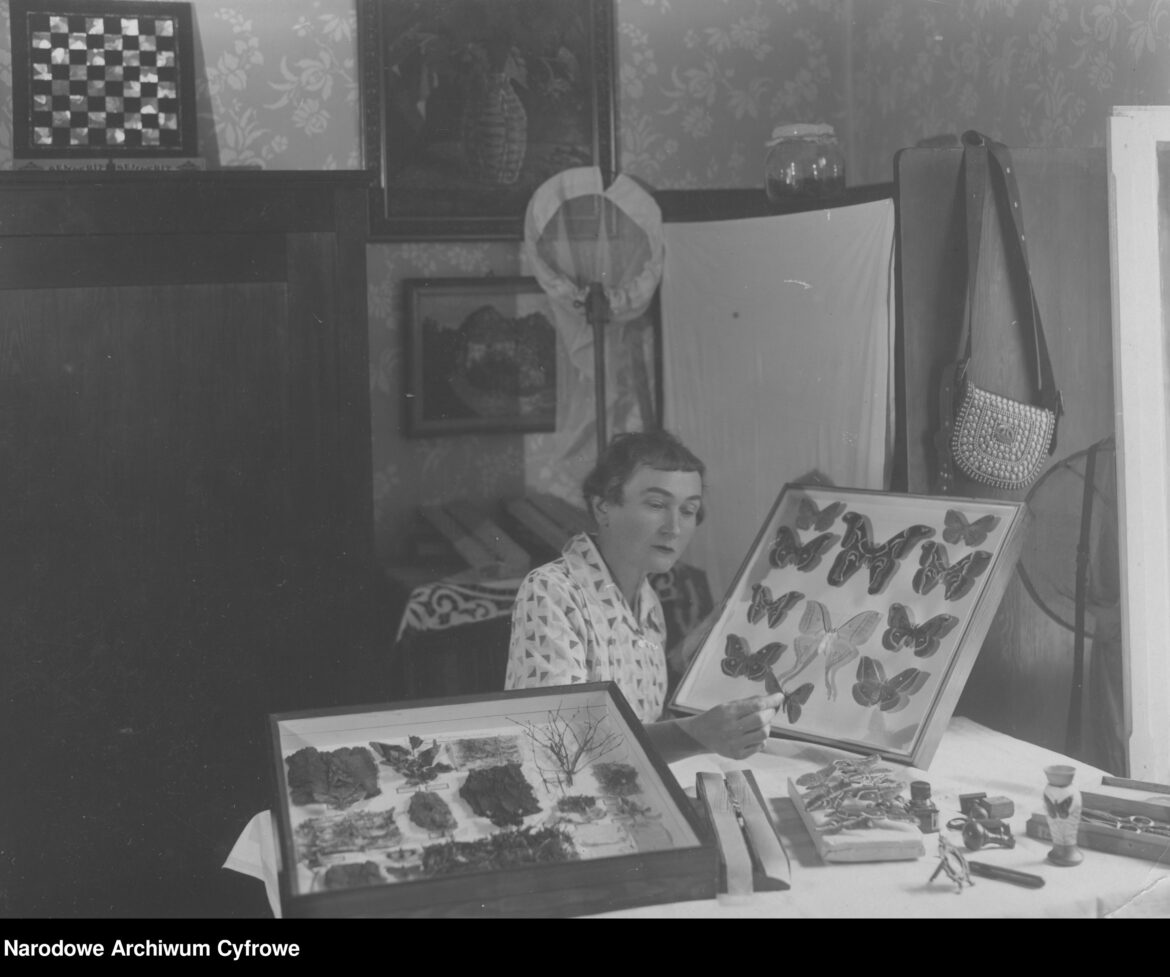Infected by her husband Julius Isaak’s passion for entomology, the author of a passionate travel reportage “A Pole in the primeval forests of Parana” contributed to the preservation of a large collection of butterflies in Poland.
The life and entomological passion of Michalina Isaakowa née Hochbaum are not yet well known. She was born in 1880 into a Polish-Jewish family. Natal, her father was an assimilated Jew, administrator of several estates in the Świętokrzyskie region. He took part in the January Uprising.
Unfortunately, little is known about her childhood and education. She certainly received a thorough education, as evidenced by her ability to speak Latin and fluency in French and Russian. She was self-taught like many women of her kind who were passionate about science.
In 1914, at a ripe old age, she married Julius Isaak, whose life goal turned out to be to explore the mysteries of butterflies. Michalina also fell in love with entomology. Their collection of those insects numbered 15,000 specimens and won numerous national awards at exhibitions. The couple acquired them mainly by correspondence.
The Issaks never managed to organise an expedition to the tropics together to acquire exotic species of butterflies. Michalina did, however, go on such an expedition after her husband’s death. Her life companion had encouraged her to do before.
In 1926, Michalina set off for Rio de Janeiro. She spent two years in Brazil. The locals called her ‘caçadora de borboletas’, or butterfly hunter. Unfortunately, during her second expedition to the Amazon, in 1937, she drowned in the Ukajali River.
Today, the Issaks’ collection can be admired at the Archives of Science of the Polish Academy of Sciences and the Polish Academy of Arts and Sciences in Krakow.





